Program A
Ballet for Life
| Choreography Maurice Béjart |
| Music Queen, Wolfgang Amadeus Mozart |
| Costume design Gianni Versace |
| Lighting design Clément Cayrol |
| Video editing Germaine Cohen |
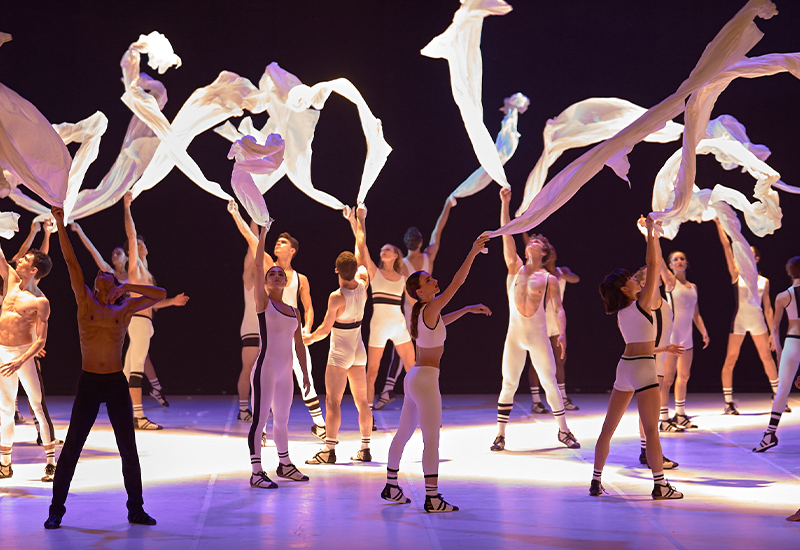
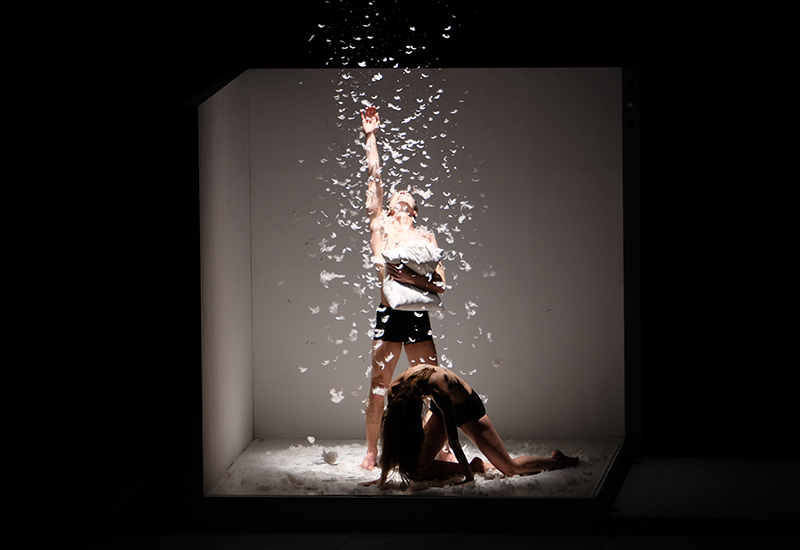
Ballet for Life, created by the late visionary choreographer Maurice Béjart, returns to Japan following the triumphant tour by the Béjart Ballet Lausanne in 2021. Béjart choreographed the ballet to the music of Queen and Mozart, with costumes by Gianni Versace to celebrate the lives and talents of legendary performers Freddie Mercury and Maurice Béjart's former principal dancer, Jorge Donn, both of whom died of AIDS at the age of 45. The ballet was first performed in 1997 in Paris, in the presence of Madame Chirac, Elton John and the three surviving members of Queen, John Deacon, Brian May and Roger Taylor.
Ballet for Life has long been loved by the fans in Japan since its Japan premiere by the Béjart Ballet Lausanne in 1998, and it will be the ballet's sixth tour to the country. Fans in Japan and beyond simply cannot miss this great opportunity!
Music by Queen
It's a Beautiful Day
Time
Let Me Live
Brighton Rock
Heaven for Everyone
I Was Born to Love You
A Kind of Magic
Get Down, Make Love
Seaside Rendezvous
The Prophet's Song
You Take My Breath Away
Radio Ga Ga
A Winter's Tale
The Great Pretender
The Millionaire Waltz
Love of My Life
Bohemian Rhapsody
I Want to Break Free
The Show Must Go On
Music by Mozart
Così fan tutte
Thamos, King of Egypt
Piano Concerto No. 21
Masonic Funeral Music, K. 477
Sinfonia concertante K.364

Album Made in Heaven
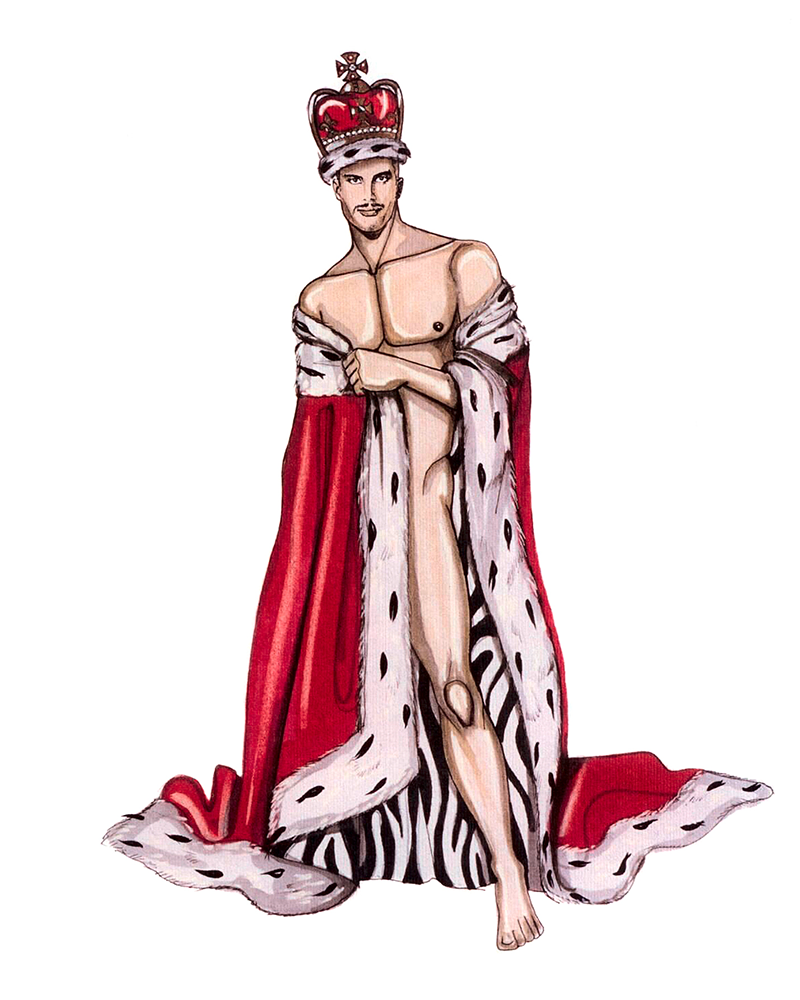
Sketch by Gianni Versace
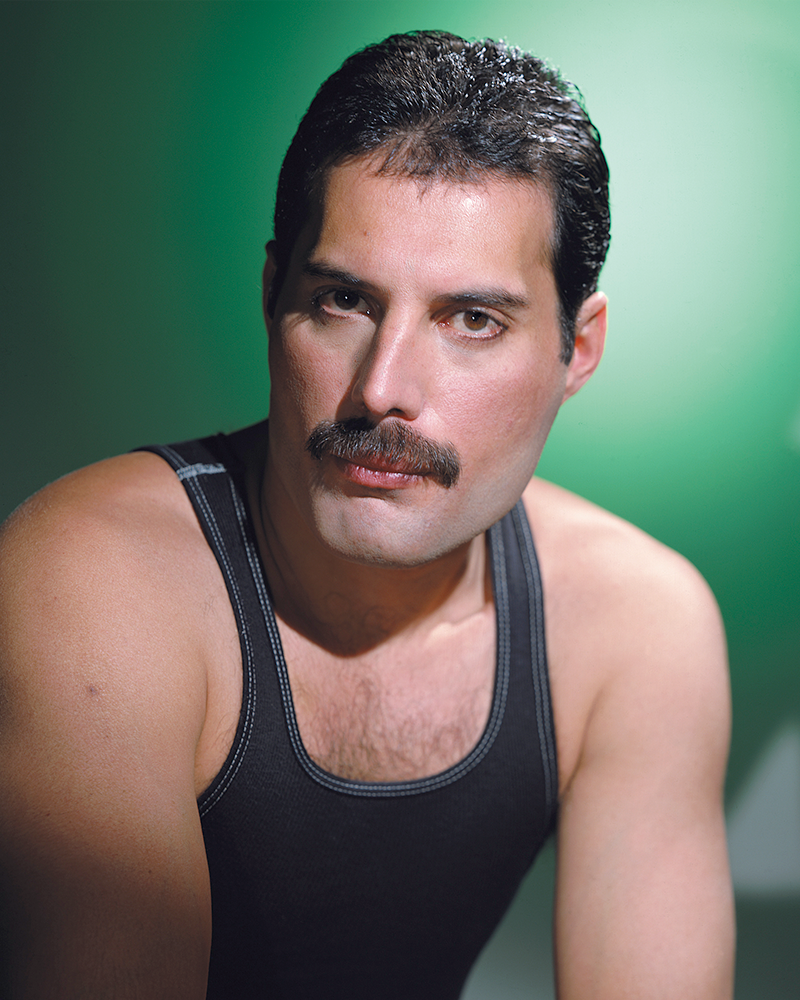
Freddie Mercury
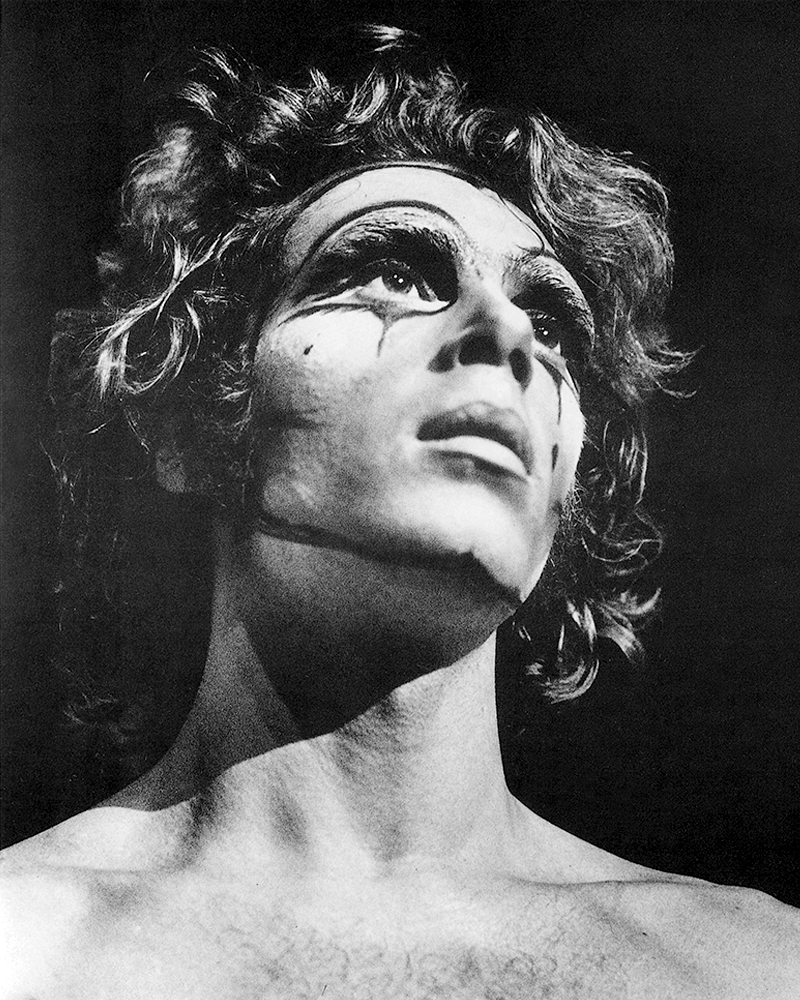
Jorge Donn
Program B
Alors on danse... !
| Choreography Gil Roman |
| Music John Zorn, Citypercussion, Bob Dylan |
| Costume design Henri Davila |
| Lighting design Dominique Roman |
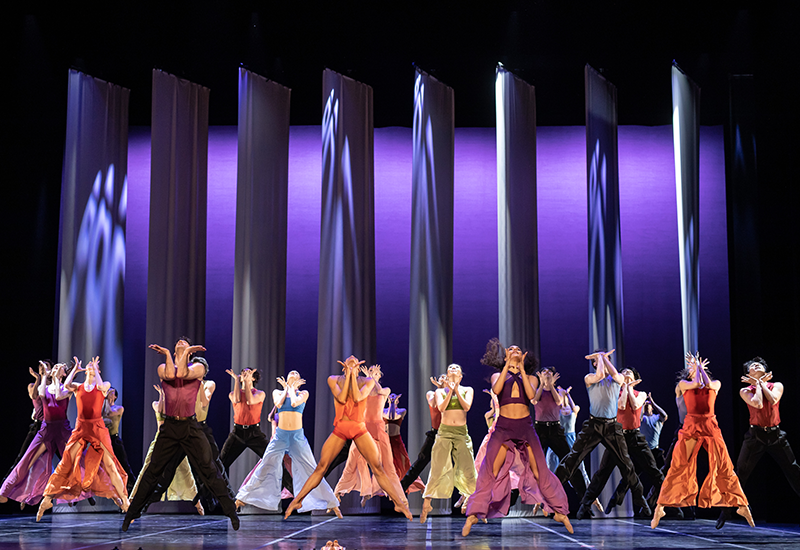
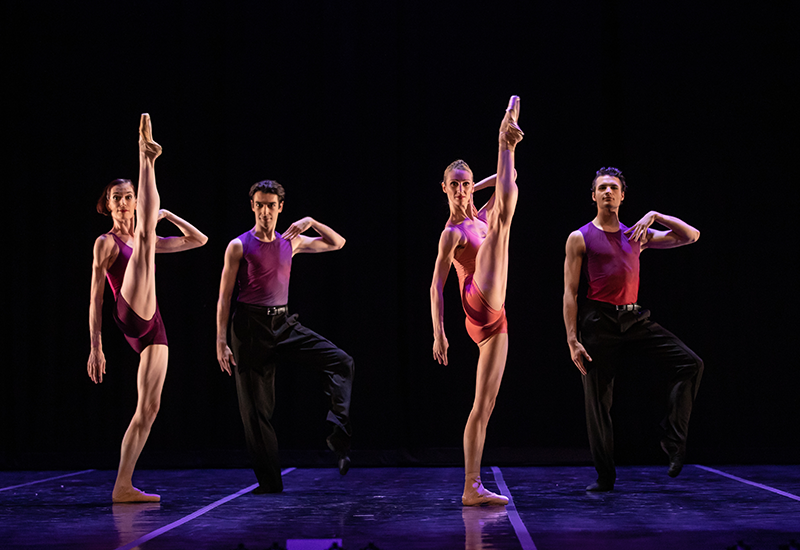
"We wanted lightness during these troubled times. I composed a sequence of choreographies centered around the classical technique, which had no other purpose than pleasure of dancing. I dedicate it to Patrick Dupond, who represented it for me!" - Gil Roman
Adage pour deux (extract from Malraux ou la métamorphose des dieux)
| Choreography Maurice Béjart |
| Music Ludwig van Beethoven |
| Costume design Henri Davila |
| Light Lucas Borgeaud |
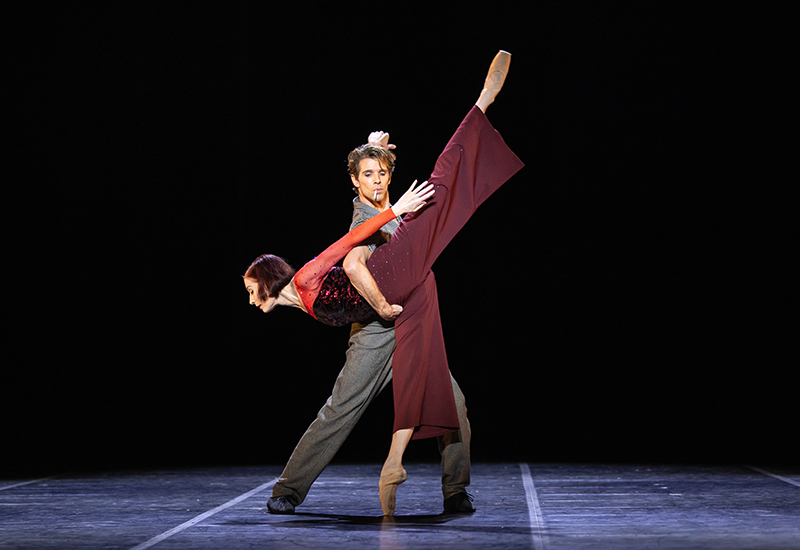
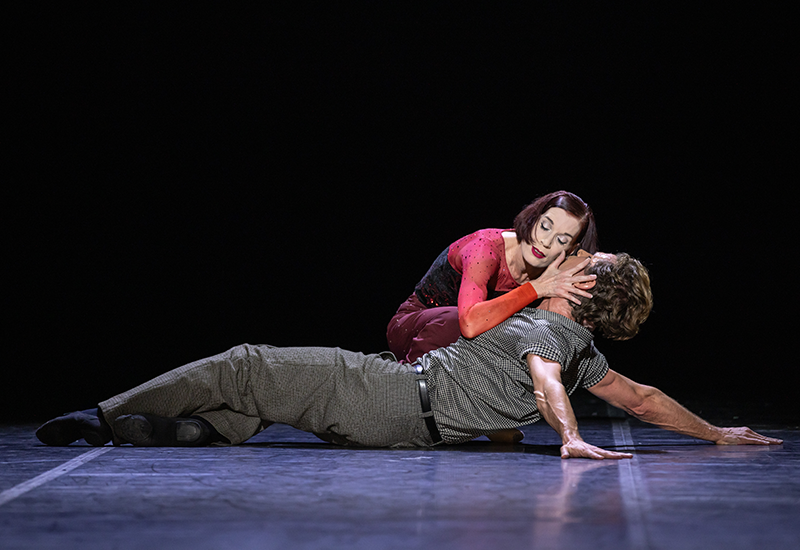
Concerto en ré
| Choreography Maurice Béjart |
| Music Igor Stravinsky |
| Costume design Henri Davila |
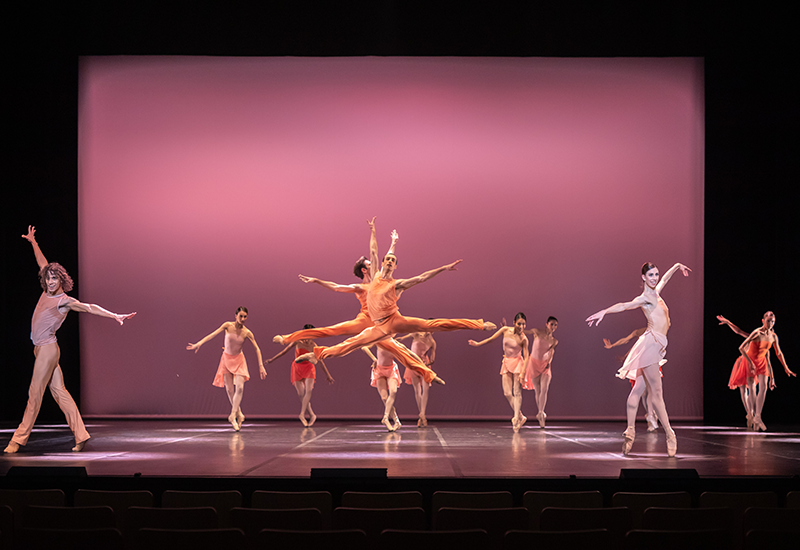
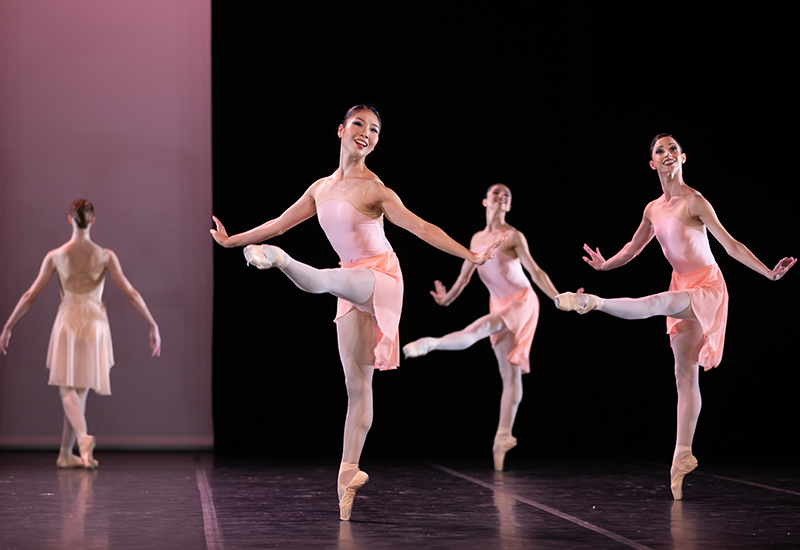
"There are no anecdotes or messages in Concerto in D for violin, but rather a harmonious relationship between time and space: shapes that never remain static, as they wrap and unwrap around subtle melodies and rhythmic constructions, and in the middle of this "game", lies an instrument that is both gentle and masterful, technically brilliant and sensual; a woman: a dancer" - Maurice Béjart
Boléro
| Choreography Maurice Béjart |
| Music Maurice Ravel |
| Stage design and costumes Maurice Béjart |
| Lighting Dominique Roman |
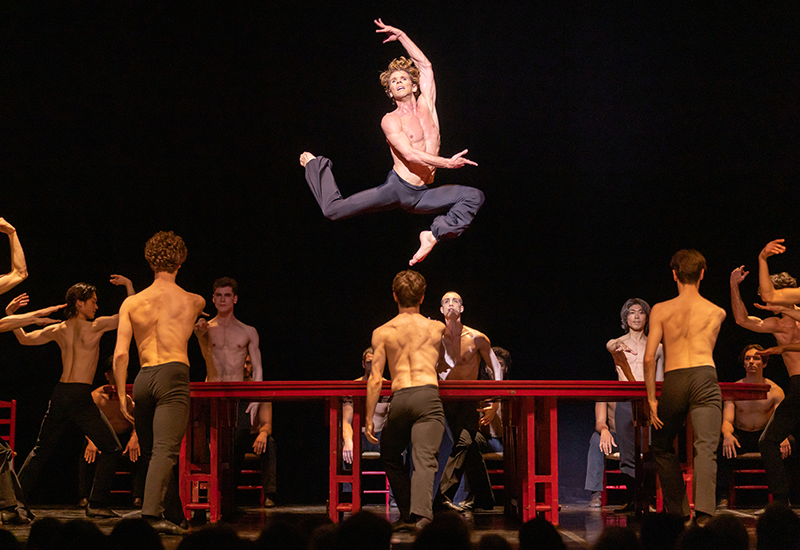
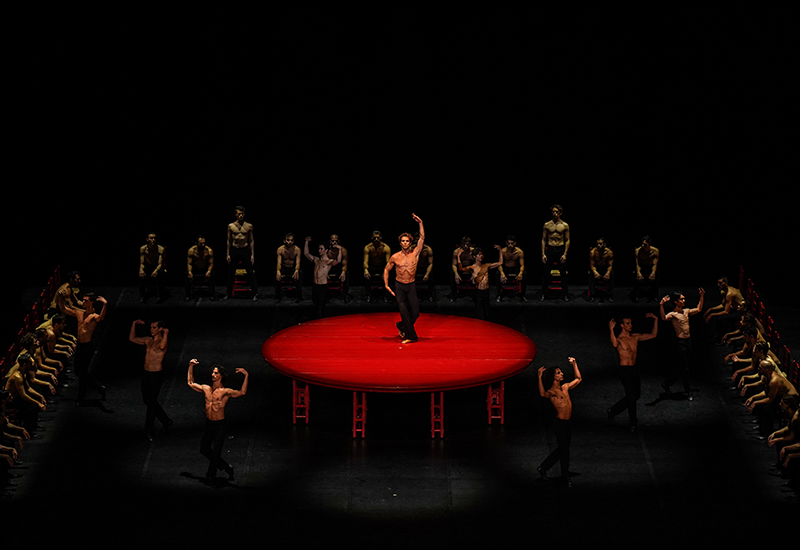
"My Boléro," commented Ravel, "has to stick in one's head!"
More seriously, he explained:
"In 1928, upon request by Madame Rubinstein (Ida Rubinstein, the famous Russian actress and dancer), I composed a Bolero for an orchestra. This is a dance with a very moderate and continuously even movement, both due to its melody and to its harmony and rhythm. The rhythm is continuously marked by the drum. The element of diversity is added by the orchestral crescendo."
Maurice Béjart describes the creation of Ravel's work in these terms, "music that is too well-known and yet still fresh due to its simplicity. A melody (originally oriental and not Spanish) that winds slowly around itself, increasing in volume and intensity, devours the sound space and swallows it up at the end of the melody."
Without further describing a ballet that needs no introduction, let us simply point out that Maurice Béjart returns to the spirit of The Rite of Spring in a very different style. In this sense, unlike most artists who have illustrated Boléro choreographically before him, he spurns the easy choices of a picturesque exterior to simply - but so forcefully - express the essential.
Maurice Béjart gives the central role (La Mélodie) sometimes to a female dancer and other times to a male dancer. The rhythm is interpreted by a group of male dancers.